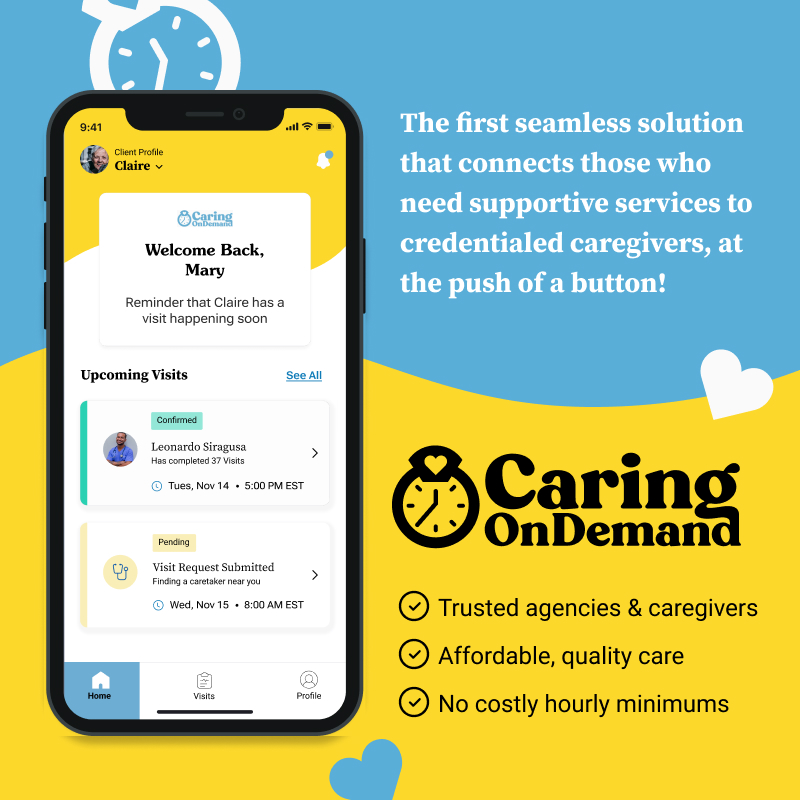What stock has grown more than 2,000 percent since 2010, outperforming companies like Apple, Amazon, Google, and Facebook?
By Jacquelyn Kung
What stock has grown more than 2,000 percent since 2010, outperforming companies like Apple, Amazon, Google, and Facebook?
Who would have guessed it . . . Domino’s pizza!
During a time when restaurants are struggling, Domino’s posted the best same-store growth along the top 25 largest chains last year and their customer satisfaction scores are skyrocketing.
The ABCs
How did they do it? We broke it down to the ABCs of their approach:
A = Automation:
First, Domino’s started automating. Like senior living, pizza making and delivery is a very labor intensive business.
Domino’s has creatively automated those parts that are “at risk” in growth for a pizza company – including ordering (sales) and delivery (service).
For ordering, Domino’s has put in a digital ordering system. Now, this is not just another mobile-friendly website or easy-to-use app. Domino’s certainly have web and mobile. But it goes a few steps further. For instance, Domino’s has #easyordering, where you text or tweet a special pizza emoji or #easyorder in. They had a fun “dough to door” Snapchat film where viewers watched for clues to piece together a discount code to use in their orders.
These ordering tactics take time to set up, but then they automate ordering – in other words, reducing employee time in stores on the phone taking orders. Not only has Domino’s digital ordering undoubtedly propelled sales, it also dovetails with shifts in consumer wants of online food ordering for convenience.
For delivery, Domino’s has been testing delivery bots in New Zealand and Europe. Given how pizza delivery drivers are so hard to find and retain, perhaps we will be seeing some of these autonomous bots in the U.S. soon too.
Applying this principle of automation to our industry isn’t a 1:1 match. After all, senior living is not a pizza business. That being said, we can learn from Domino’s to automate the labor-intensive, non-resident facing tasks.
In fact, one 2,000+ resident community group is starting to experiment with this innovation and automation thinking. One star chef has been buying vegetables already chopped so the kitchen staff can focus more on the food prep itself. The reduced workers comp claims more than pays for the extra pricing of pre-chopped vegetables. Another idea is a bot that makes deliveries of packages and items on campus; it’s already being piloted in some communities.
What else have you done – or want to do? Please leave your thoughts in the comments below!
B = Better Marketing:
Second, Domino’s revamped its marketing strategy. They looked at their audience, and they chose a messaging that worked for them. In Domino’s case, it was self-deprecating humor and honesty.
For instance, Domino’s pizzas are all untouched photos. No more oil to make pizzas shine or photo shopping the unseemly bump here or there out.
Moreover, they took chances: they had a billboard in Times Square of New York City that streamed reviews received in REAL TIME. This meant both positive and negative reviews. It was risky: in 2009, Domino’s got a lot of negative press from a viral video of its employees. When companies look to mitigate negative reviews, Domino’s took the chance to bear all in its marketing – and it worked.
The other secret behind Domino’s marketing is that it aligned with the rest of the strategy. As mentioned above, their videos and emoji-based ordering both helped marketing and drove automated sales.
What can we do in senior living? Please share your examples!
C = Core Changes:
Third and most important: Domino’s addressed its core challenges.
As a pizza business, pizza is the main product. After having the worst tasting pizza alongside Chuck E Cheese, Domino’s changed to a new recipe in 2009.
Satisfaction instantly increased, so they knew they got it right.
But again, Domino’s went further.
They brought in new items that complement pizza. For those of us who are lactose intolerant (allergic to dairy), they have sandwiches and plenty of side dishes. Domino’s specialty chicken strips have driven up the average order size.
In short, in their growth strategy, Domino’s recognized their core challenge – and solved the problem smartly without any accompanying company politics and hedging.
What have you seen work in senior living for solving the core challenges?
What is Working?
One that comes to mind is the growth in the home care businesses in every state. Rather than competing directly – after all, home care enables seniors to stay at home longer – those communities who have embraced a win-win collaboration are the ones that thrive.
Another example is addressing the core needs around great staff, for example, our industry’s labor challenges. Those communities that put creating a culture and great place to work are the ones that seem to grow and innovate.
What parts of senior living do you think are core that we could think creatively about to automate? What have we missed? Please leave your thoughts in the comments below – and please share your examples!








